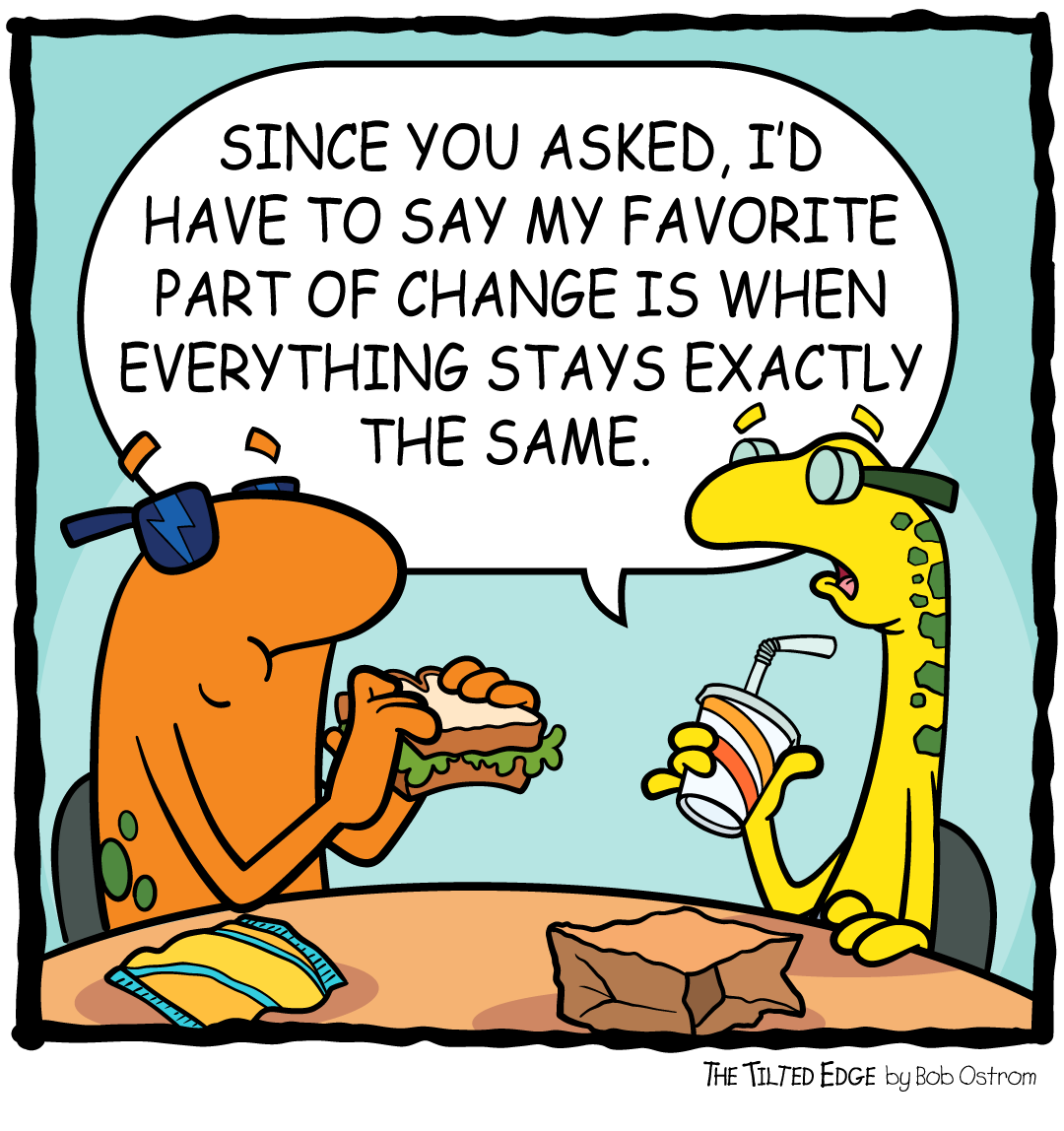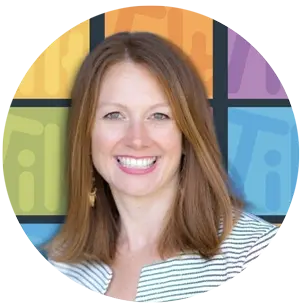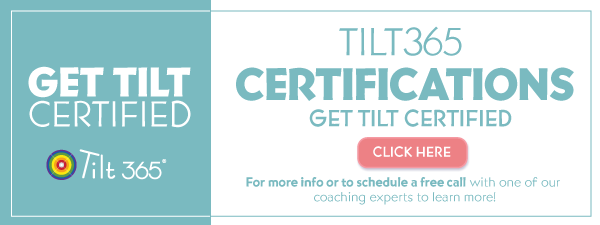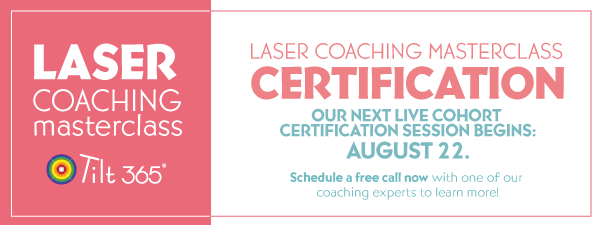

When change is thrust upon us, the human brain undergoes a series of cognitive and emotional processes as it reacts and adapts to the new situation. Change can be challenging and evoke various responses, such as stress, resistance, and fear. These reactions occur on an individual level, team level, as well as an organizational level. Understanding these reactions and learning how to navigate change effectively is crucial for professional and organizational growth. There are a few ways that the Tilt Framework can help in this regard.

When I think back on my experience leading change management initiatives, I recall a few foundational concepts from the book "Our Iceberg Is Melting" by John Kotter and Holger Rathgeber. Until I had gone through my Tilt365 Assessment Certification, I did not realize how well an awareness of the Tilt Framework could enable change management. The most memorable insights and strategies are as follows:
Develop a Vision and Strategy
This requires a natural inspiration focus. Having a clear vision of what the future looks like and developing a strategy to achieve it can help individuals align their efforts and actions. This provides a sense of direction and purpose, making the change journey more manageable. A well-defined strategy enables individuals to identify priorities, make informed decisions, and adapt to evolving circumstances effectively. Your Impact and Connection Tilts will lead in this area. Working together as allies, both will be fast-paced and strategically focused. Both are dedicated to idea generation and how they can change the future. These folks, in their own ways, are capable of great inspiration.
Communicate for Understanding and Buy-In
This requires a natural people focus. Effective communication is vital during times of change. It is crucial to convey the reasons behind the change, the benefits it can bring, and address any concerns or resistance. By communicating openly and transparently, individuals can gain a better understanding of the change and feel more engaged and committed to its success. Your Connection and Clarity Tilts will lead in this area. Both are people focused and care deeply about their community. They are socially minded and will easily work together to accomplish the goals of the mission. Their caring approach leads to natural consensus building and sparks effective collaboration.
Empower Action
This requires a natural results focus. Encouraging individuals to act and empowering them to make decisions can foster a sense of ownership and engagement. Providing the necessary resources, training, and support allows individuals to develop the skills and confidence required to adapt to the change successfully. Your Impact and Structure Tilts will lead in this area. Both will be focused on action and efficiency against the stated plan. You can expect a lot of forward momentum with these two Tilts working side by side. Together they have the ideas and the plans to implement quickly.
Generate Short-Term Wins
This requires a natural data focus. Celebrating small victories and achieving short-term goals can boost morale and motivate individuals to continue their efforts. Recognizing progress, no matter how small provides a sense of accomplishment and reinforces the belief that the change is making a positive difference. Your Structure and Clarity Tilts will lead in this area. These two Tilts working in partnership provide team stability and fact-based decisions. They both champion facts and how data can inform what is happening in real-time. While interested in empirical evidence and reliable trusted sources, they are also critical thinkers capable of accomplishing significant work.
The four strategies above clearly demonstrate the need for a balance of the four quadrants and, ultimately, the twelve character strengths across a newly installed change management team. Each of the four strategies leverages different thinking and feeling styles present in the Tilt Framework. While the Tilt Framework is not intended as a selection tool, it would be wise to pull together a team of individuals who have natural strengths in each representative quadrant. An agile change management team can deploy tried and true strategies to navigate change more effectively, manage their own responses, and help others embrace and adapt to change as well.
In summary
The Tilt Framework provides a valuable framework for organizations that aim to lead change management initiatives effectively. Here are some key reasons why using the Tilt Framework can be beneficial:
- The Tilt Framework offers a comprehensive approach to understanding individual and team dynamics during change. It emphasizes the importance of self-awareness, recognizing different behavioral styles, and understanding how individuals respond to change. This understanding enables leaders to tailor their approach and communication strategies, increasing the likelihood of successful change adoption.
- Also, the Tilt Framework promotes adaptive leadership, emphasizing the need for leaders to be flexible and adaptable during change. It encourages leaders to leverage their own strengths while recognizing the strengths and contributions of others. This enables leaders to effectively navigate uncertainty, make informed decisions, and adjust their leadership style to meet the evolving needs of the change process.
- It encourages leaders to empower individuals and teams during change. It emphasizes the importance of providing autonomy, fostering a sense of ownership, and empowering individuals to take responsibility for their actions. This empowerment enhances engagement, motivation, and commitment to the change, resulting in increased resilience and adaptability.
- By utilizing the Tilt Framework, organizations can enhance their change leadership capabilities. It provides a holistic understanding of individual and team dynamics, promotes adaptive leadership, and empowers individuals. Ultimately, this enables organizations to navigate change more effectively, increase change adoption, and drive successful outcomes.
About the Author

Emily Doyle has a unique business background. She has worked in healthcare and life sciences startups and large global companies, both public and privately held, for over 20 years. She has held leadership positions across Sales, Commercial Operations, and Human Resources. Most recently, Emily was the Chief People Officer for Reaction Biology, a privately held global CRO business aggressively growing through acquisition. Prior to Reaction Biology, she was the SVP, Human Resources for Inzen Tx, an early discovery stage Flagship Pioneering company based out of Cambridge, MA. Before joining Inzen Tx, Emily held the position of Chief Human Resources Officer of Strongbridge Biopharma, a commercial-stage rare disease biotech. Emily has held roles of increasing scale and responsibility at Shire Pharmaceuticals (now part of Takeda), AstraZeneca, and Noramco Inc. (a private equity company- SK Capital). Emily’s expertise includes executive coaching, building change, talent and learning strategies as well as culture development. Emily’s approach is to build and sustain a positive employee experience while developing trusting partnerships with leaders to help scale and deliver on the company vision.
Her new venture is as Owner and Founder of Surefire Way, a coaching practice where you are certain to succeed. Emily helps life sciences leaders become better communicators, address their blind spots, and build high-performing teams. The result is a more happy and productive leader who gets significant results. In addition to executive coaching, Surefire Way offers practical tools, programs, and packages to gain strategic alignment and evolve teams into an unstoppable workforce.
Emily earned her BS in Healthcare Management from Metropolitan State University (Denver) and is currently pursuing her MBA from LaSalle University (Philadelphia).




